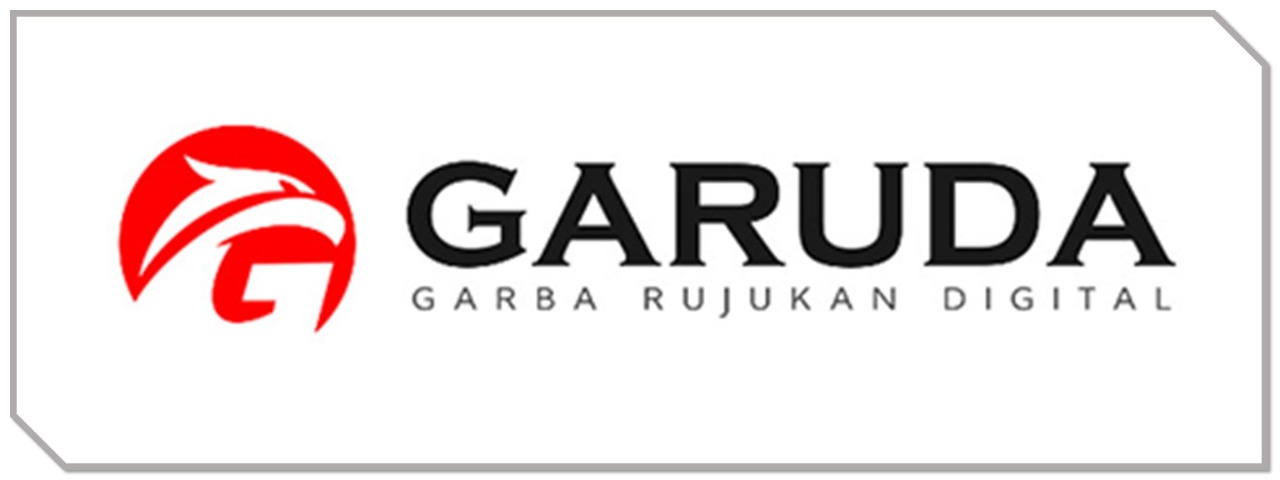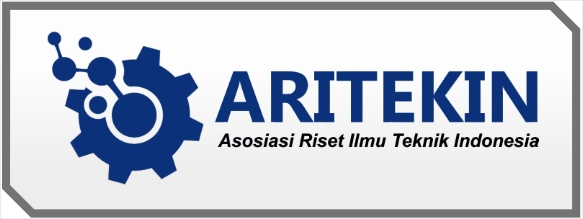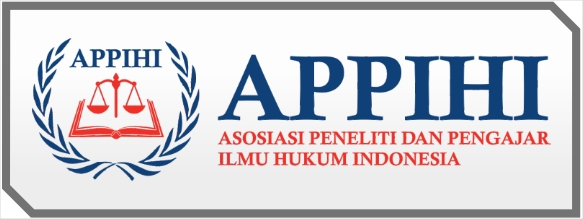UTILIZATION Mangifera indica SKIN AND SALT AS ALTERNATIVE ENERGY
DOI:
https://doi.org/10.55606/sscj-amik.v1i4.1651Abstract
Efforts to reduce the use of polluting chemicals environment needs innovation to overcome these problems. One of them is by replacing the chemicals contained in the battery by utilizing mango skin waste became bio-battery. Even mango skin waste in the community is not properly utilized so that mango skin becomes waste that has no value. The purpose of this research is to utilize mango skin as a bio-battery material not only to produce current and voltage sources but it is also expected to be able to reduce the negative effects of disposing of community mango skin waste residue into the environment and reduce dependence on chemicals as battery electrolyte paste which has been used so far. The test parameters carried out were the electricity of the bio-baterry using mango skin and salt samples. This research used 3 weight ratios between mango skin solution and salt solution, namely 15:5 gr, 20 gr:5 gr, and 25:5 gr. The main stages of this research consisted of 3 stages, namely preparation, pH testing, characterization of electrical properties, and electrical analysis of mango skin. The results of the research that has been done, it can be concluded that the smallest measurements of pH, electric voltage, and electric current are produced at a volume of 30 ml (15 gr) of 3.55, 0.53 V, and 1.8 mA. While the highest was produced at a volume of 44 ml of 3.53, 1.53 V, and 1.9 mA.
References
Abidin, M., Hafidh, A. F., Widyaningsih, M., Yusuf, M., & Murniati,
A. (2020). Pembuatan Biobaterai Berbasis Ampas Kelapa dan Tomat Busuk. al-Kimiya, 7(1), 28–34. https://doi.org/10.15575/ak.v7i1.6511
Anggreani C. N. (2020). Kulit pisang sebagai bio-baterai ramah lingkungan. 1–8. https://osf.io/wcrfz/download/?format=pdf
Herwin, H., & Meilani, M. (2016). IDENTIFIKASI AKTIVITAS EKSTRAK ETANOLIK BUAH MANGGA (Mangifera indica L.) PADA MENCIT JANTAN (Mus musculus) SEBAGAI PRODUK IMUNOGLOBULIN (IgM). Jurnal Ilmiah As-Syifaa, 8(2), 98–104. https://doi.org/10.33096/jifa.v8i2.223
Haq, S. Z., Kurniawan, E., & Ramadhani, M. (2018). ANALYSIS OF POWER PLANT USING SALT WATER AS ELECTROLYTE. e-Proceeding of Engineering .
Mashura, & Jumiati, E. (2021). PENGARUH VARIASI VOLUME LARUTAN KULIT NANAS TERHADAP SIFAT KELISTRIKAN BIO-BATERAI. Jurnal Ikatan Alumni Fisika Universitas Negeri Medan.
Perdana, F. A. (2021). Baterai Lithium. INKUIRI: Jurnal Pendidikan IPA, 9(2), 113.
https://doi.org/10.20961/inkuiri.v9i2.50082
Pawarangan, I., & Jefriyanto, W. (2022). Identification of Electrical Properties of Bio-battery based on Spent Coffee Grounds. Buletin Fisika, 92 – 96.
Salafa, F., Hayat, L., & Ma'ruf , A. (2020). Analisis Kulit Buah Jeruk (Citrus Sinensis) Sebagai Bahan Pembuatan Elektrolit Pada Bio-Baterai. JURNAL RISET REKAYASA ELEKTRO, 1-9.
Sibuea, F. A., Hamzah, F., & Rossi, I. e. (2016). PEMANFAATAN BUAH MANGGA (Mangifera indica L.) DAN EKSTRAK TEH HIJAU (Camelia sinensis) DALAM PEMBUATAN SELAI. JOM Faperta, 3(1), 1–8.
Tetti, M. (2014). EKSTRAKSI, PEMISAHAN SENYAWA, DAN
IDENTIFIKASI SENYAWA AKTIF. Jurnal Kesehatan, 7. doi:https://doi.org/10.24252/kesehatan.v7i2.55






















